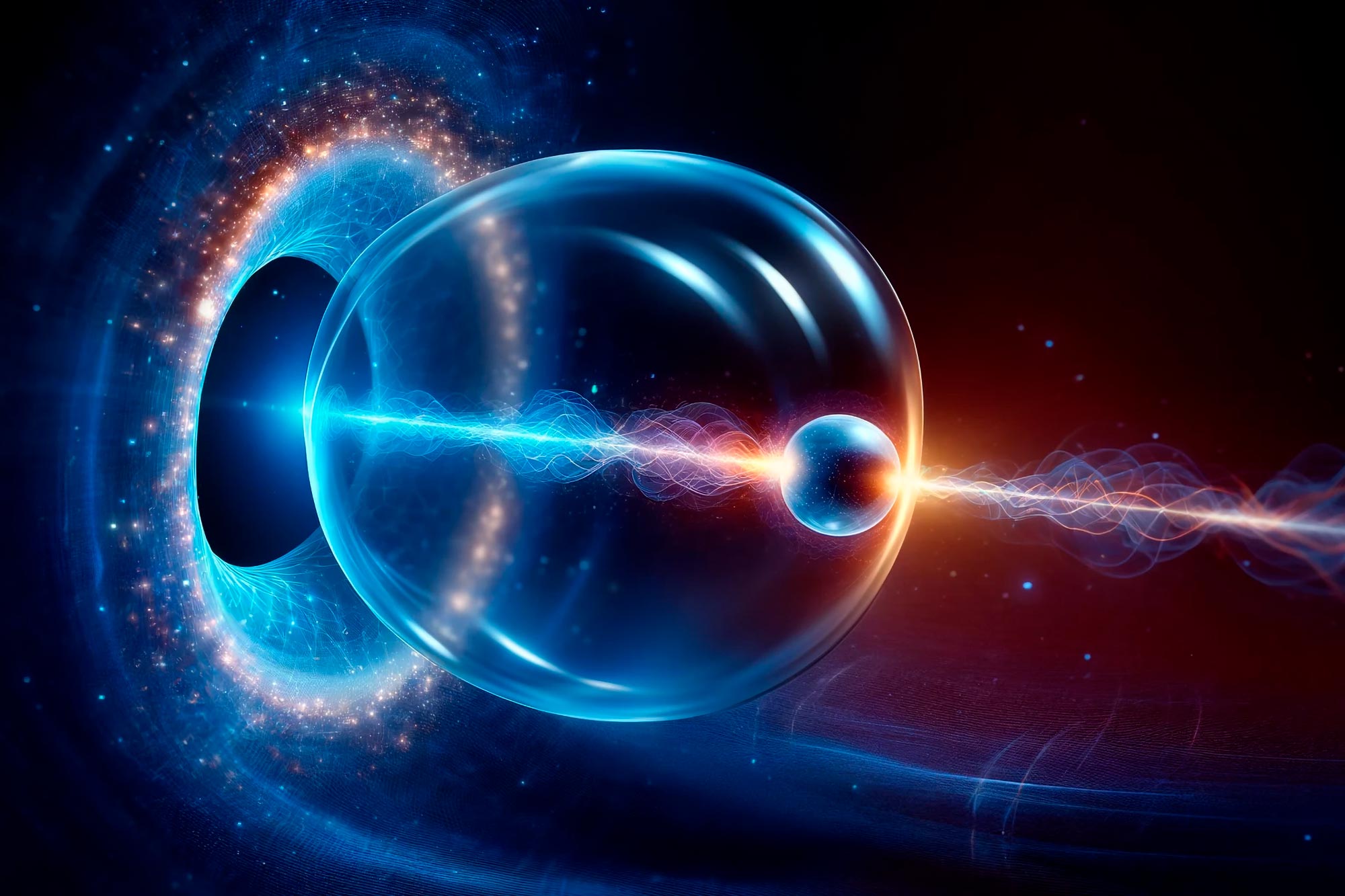“This is probably the most important thing so far in the project,” said George Church, a Harvard geneticist and co-founder of Colossal. “There are many steps ahead.”
For supporters, bringing back animals that have disappeared is an opportunity to correct humanity's role in the ongoing extinction crisis. They say breakthroughs in their field could bring benefits to the animals still with us, including endangered elephants.
However, the technical challenges of giving birth to a living, breathing mammoth remain enormous. The project raises difficult ethical questions: Who decides what goes back? Where will the reborn species go? Could the money be better spent elsewhere? How difficult is “de-extinction,” as recovery efforts are known, for the animals themselves?
“It's the lack of knowledge that worries me about animal welfare,” said Heather Browning, a philosopher at the University of Southampton in England and a former zookeeper.
Can we really bring back the mammoth?
During the last Ice Age, woolly mammoths ruled the top of the world, moving across Eurasia and North America and as far south as the modern Midwest.
When these creatures became extinct 4,000 years ago, some of the bodies were frozen in icy plains that preserved not only their bones but also their flesh and fur, giving paleontologists the opportunity to collect bits of DNA. Some mammoth meat was so well preserved that at least one enterprising researcher ate it.
By 2015, scientists had sequenced its genetic blueprint well enough to provide potential evidence for recreating the mammoth. But to test exactly what each of these genes does — which gives the beast its curved tusks, its fatty build, and, of course, its thick fur — Church wants elephant stem cells from which he can engineer mammoth DNA and grow tissue samples.
Scientists have produced Such stem cells have been created in the laboratory for other animals, including humans, mice, pigs and even rhinos. But for years, getting the right elephant stem cells to test all the characteristics of a cold climate has been elusive, in part because the ability of elephant cells to avoid cancer has made reprogramming them difficult.
The Colossal team said they produced the stem cells they needed by suppressing anti-cancer genes and dousing the cells in the appropriate chemical cocktail. Colossal published a preprint on Wednesday that has not yet been peer-reviewed. The company said that it is working to publish the study in a peer-reviewed scientific journal.
“It wasn't easy,” said Ireona Hesoli, head of the company's biosciences division. “It wasn't immediately obvious. There were a lot of innovations along the way.”
Jane Loring, a researcher at Scripps Research Center in California who helped develop powerful stem cells for northern white rhinos, said the work demonstrated the tenacity of elephant researchers. “This is an incredibly steep hill in front of them,” she added. “The challenges get bigger and bigger with the size of the animal.”
Ultimately, the company wants to genetically modify the kernel From a stem cell containing mammoth genes and fused to an elephant egg. From there, if all goes according to plan — and that's still a big possibility — they'll implant the embryo into the elephant's surrogate and wait for it to be born.
Even if we could, should we?
Matthew Cope, a zoologist at the University of Manchester in England, said that all these “assumptions” may be insurmountable. There is no guarantee that the modified chromosomes can be inserted into an elephant cell, or whether this embryo will take root in the elephant's uterus.
Perhaps more profound is the question of how a mammoth, if born, would learn to behave like a mammoth. “Most of the mammals and birds that are talked about have complex social and cultural interactions that have been lost,” Cope said. “It's not just their genes.”
Modern elephants, for example, are highly social creatures, passing on knowledge about the location of watering holes and other survival skills from one generation to the next. Their ancient cousins may be similar. “They don't have adults to raise and teach,” Browning said. “They have no way of learning how to become a mammoth.”
Any live surrogate elephant that is supposed to bear and give birth to a new mammoth will face some degree of hardship. “How many dead elephants are we willing to get to get one wool?” said Tori Herridge, a paleontologist specializing in ancient elephants at the University of Sheffield in England.
Colossal said its long-term goal is to use artificial wombs to carry animals, itself a long-term technological undertaking. The company notes that its research in elephant cells could help with current conversational efforts, such as potential treatments for a form of herpes that kills young elephants. In fact, the company hopes to make money by licensing or selling some of the technologies it creates along the way.
“It's not about bringing back mammoths, it's about saving endangered species,” Church said. “It is developing technology that is useful for environmental conservation and climate change.”
But Cobb said the biggest threats facing elephants are hunting, habitat destruction and other conflicts with humans. “How will a greater understanding of cell biology help us?”
What if they become extinct again?
One of the overarching arguments made by Colossal for bringing back mammoths is climate change. Scientists at the company say future Arctic herds could trample permafrost and prevent more of it from melting and releasing atmospheric-warming carbon into the air.
“There are a lot of reasons to restore that environment to what it was,” Church said. “That's the key kind of missing to it.”
Then there's this philosophical question: Is a bioengineered mammoth really a mammoth? Or is it an elephant with fur that can withstand the cold?
“It's a completely new organism being created,” Herridge said. She added that it is still an open question about what killed the woolly mammoths: were humans overhunting them, or the natural end of the last ice age? If the answer is the latter, then the North Pole may not be suitable for the resurrected creature, whatever you want to call it.
“I would like to see the mammoth alive,” she said. “I would certainly love to have a time machine where I could go back to the Ice Age, and I could see a herd of mammoths that are mammoths in the landscape in which they evolved.”
“But that's all gone.”

“Extreme travel lover. Bacon fanatic. Troublemaker. Introvert. Passionate music fanatic.”






More Stories
Cate Blanchett gets standing ovation at Cannes due to rumors
Breaking the Speed of Light: The Quantum Tunnel Mystery
This is how Berlin's landmarks are classified